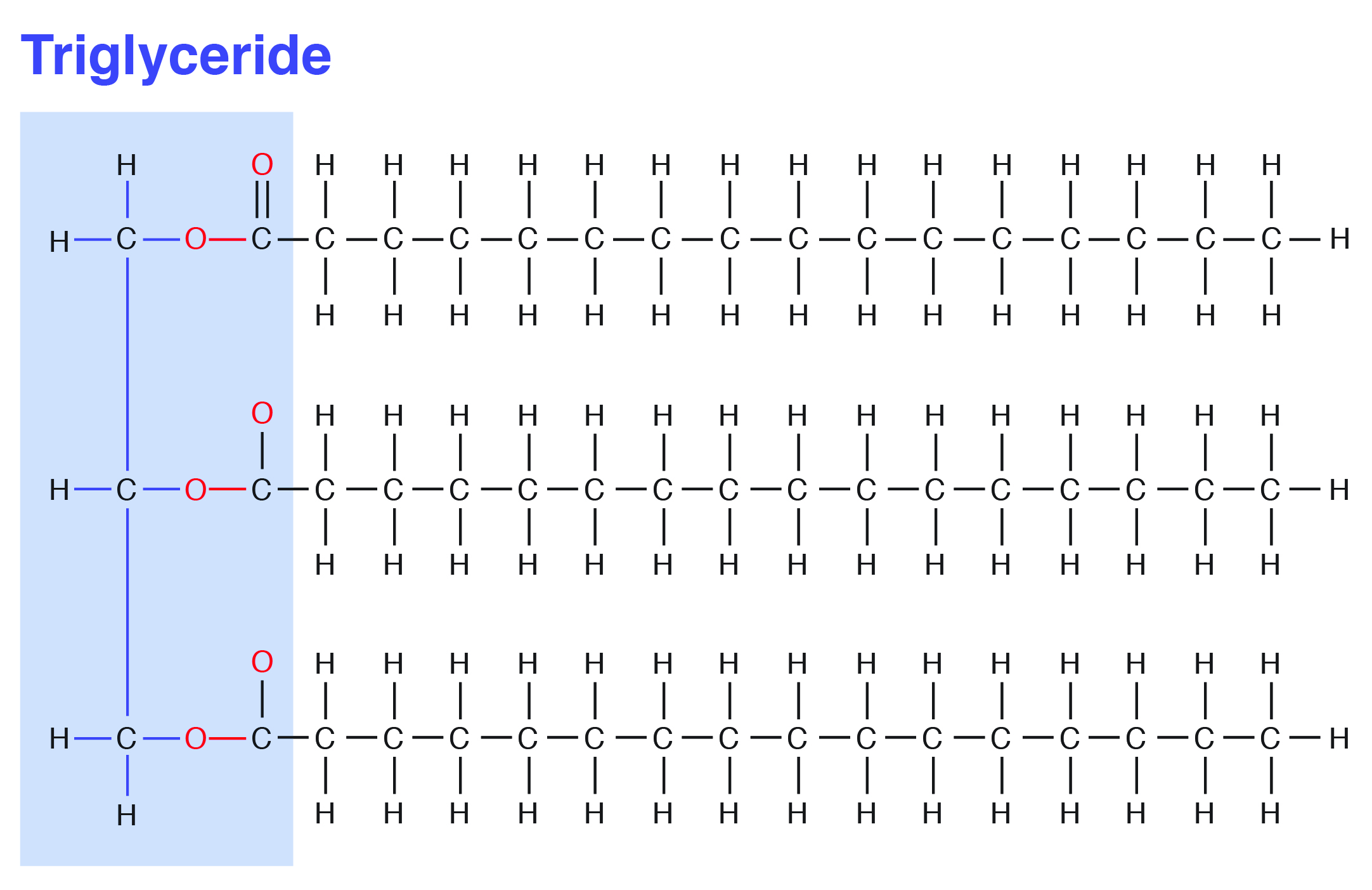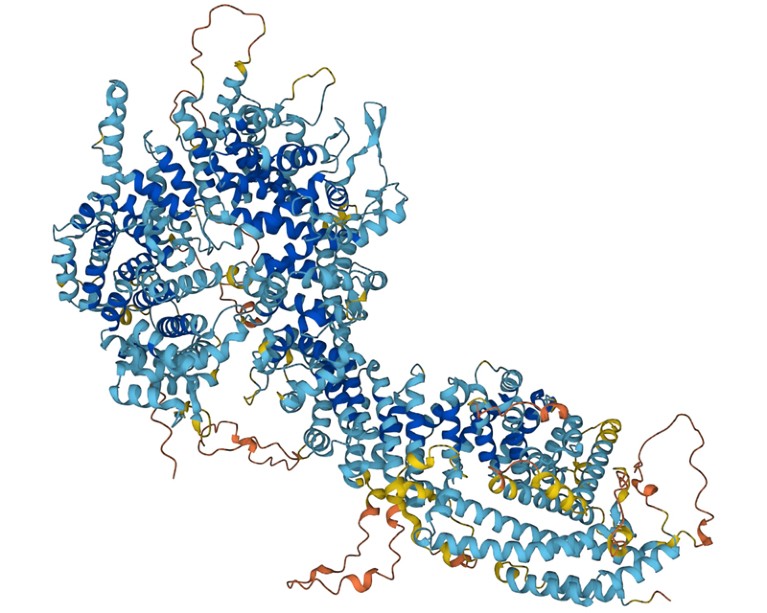If...Then... statement
Hypothesis
What is the universal genetic code?
DNA
Name all 4
Carbohydrates
Lipids
Nucleic Acids
Proteins
What macromolecule are enzymes made of?
Proteins
How many bonds can 1 carbon atom form?
4
A preference or point of view that is personal, rather than scientific
Bias
I put my hand on something hot and pull my hand away. What characteristic of life does this represent?
Response to the Environment

Is this lipid saturated or unsaturated?
Saturated
Enzyme names usually end in what 3 letters?
A solution with a pH of 13 is a(n) _____
Base
Name 2/4 of the scientific attitudes.
Curiosity
Skepticism
Creativity
Open-Mindedness
What is an organism's ability to maintain stable internal conditions called?
Homeostasis

What macromolecule is this?
Protein
Enzymes are a biological _____
Catalyst
The suffix "-ose" means that something is a _____
Sugar
In an experiment, this is the thing a scientist changes
Independent variable
What are the smallest units that can be considered living?
Cells
What macromolecule is made of carbon, hydrogen, oxygen, nitrogen, and phosphorus?
Nucleic Acids
Name 1 factor that influences the rate at which enzymes work.
Temperature
pH
What property of water allows us to balance a paper clip on the surface of water?
Cohesion/Surface Tension
Name all 8 steps of the scientific method
Observation
Question based on the observation
Make a hypothesis (If… Then… statement)
Plan a way to test the hypothesis
Perform the experiment
Record and analyze your data from the experiment
Make conclusions
Do it again
Name all 8
Made up of units called cells
Based on a universal genetic code (DNA)
Obtain and use matter and energy
Grow and Develop
Reproduce
Maintain stable internal conditions
Change over time
Respond to their environment
Match the monomers to the polymers for each of the macromolecules
Monosaccharides-Polysaccharides
Glycerol head and fatty acid tails-Lipids
Nucleotides-Nucleic Acids
Amino acids-Proteins
Enzymes work by doing what to a reaction's activation energy?
Lowering it
What are Mr. Wertz's 2 cats named?
Mango and Oatmeal